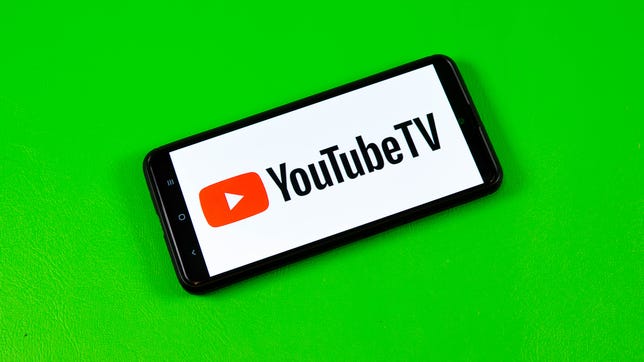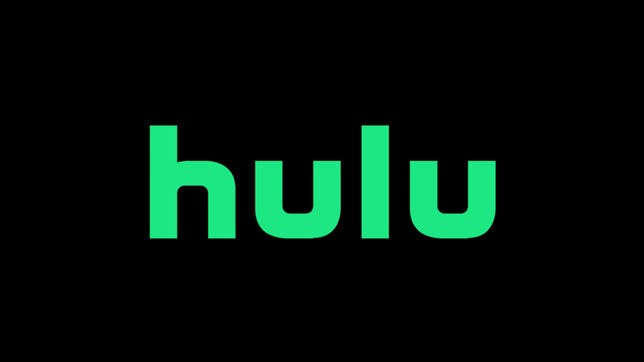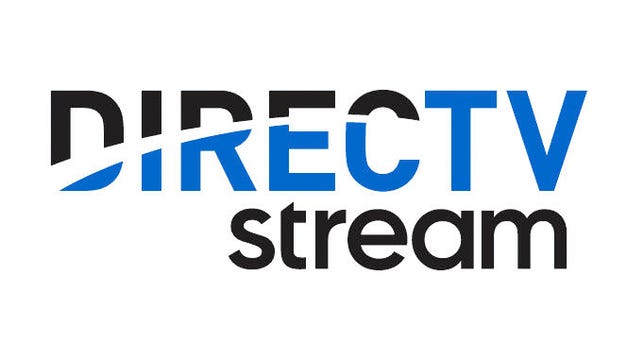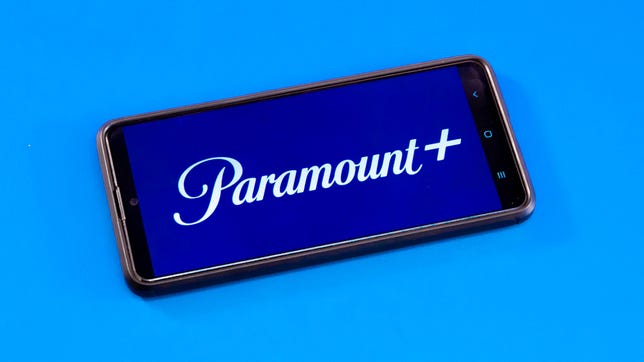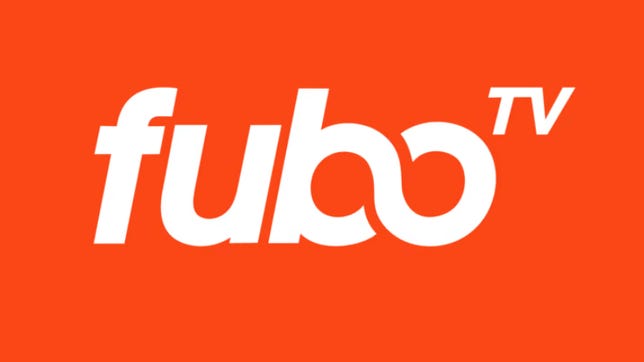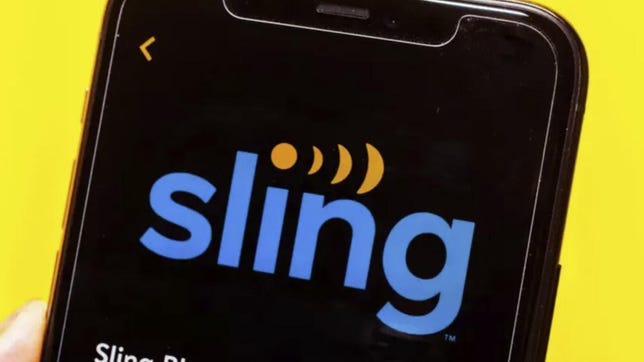Technologies
March Madness 2023: Selection Sunday, Tournament Schedule, Bracket, How to Watch and More
College basketball’s biggest tournament tips off next week.

The calendar has turned to March, which means madness will soon ensue. The men’s NCAA college basketball tournament — affectionately (and accurately) known as March Madness — gets underway next week. And for the following three weeks, college basketball fans will be treated to small-school Cinderella runs and bracket-busting buzzer beaters.
Here’s everything you need to know to get ready for March Madness, from Selection Sunday to the Final Four and the National Championship game.


The University of Kansas is the defending NCAA men’s basketball champion, and the Jayhawks will enter the 2023 tournament as one of the top seeds.
Ed Zurga/Getty ImagesWhen does March Madness start?
With 68 teams invited to the big dance, the NCAA holds four play-in games to get the field down to 64, after which point the math works out to have four regional tournaments of 16 teams each. The winners of the four regional tournaments then advance to the Final Four, held this year in Houston.
March Madness begins on Tuesday, March 14, with two play-in games followed by two more play-in games the next night. After these First Four games, the field of 64 is set and the tournament begins in earnest on Thursday, March 16, with a full slate of games that will take place all afternoon and into the night with at least a few moments of madness practically guaranteed.
Which teams are playing in March Madness?
The March Madness bracket and matchups will be revealed this Sunday, March 12. Selection Sunday begins at 6 p.m. ET (3 p.m. PT) on CBS.
What is the March Madness schedule?
Here’s the schedule, round by round:
- First Four: March 14-15
- First round: March 16-17
- Second round: March 18-19
- Sweet 16: March 23-24
- Elite Eight: March 25-26
- Final Four: April 1
- NCAA championship game: April 3
How can I watch March Madness?
As in past years, the tournament will be shown across four channels: CBS, TBS, TNT and TruTV. Yep, the time has come again to find TruTV on your dial.
Can I stream March Madness for free?
Go to the NCAA’s March Madness Live site or use its March Madness Live app and you’ll be able to watch games for free. You can watch March Madness Live on iOS and Android devices along with Apple TV, Roku, Fire TV and Xbox One. The app also supports AirPlay and Chromecast.
As with most things that are free, there’s a catch. Without proving you’re a pay-TV subscriber, you get only a three-hour preview, after which point you’ll need to log in to continue watching.
What are my other streaming options?
You can use a live TV streaming service to watch March Madness. Three of the five live TV streaming services offer the four channels needed to watch every tournament game, but keep in mind that not every service carries every local network, so check each one using the links below to make sure it carries CBS in your area.
You can also use Paramount Plus to watch some, but not all, of March Madness. Only the games shown on CBS are available on Paramount Plus.
Sarah Tew/CNET
YouTube TV costs $65 a month and includes CBS, TBS, TNT and TruTV. Plug in your ZIP code on its welcome page to see which local networks are available in your area. Read our YouTube TV review.
Hulu
Hulu with Live TV costs $70 a month and includes CBS, TBS, TNT and TruTV. Click the «View channels in your area» link on its welcome page to see which local channels are offered in your ZIP code. Read our Hulu with Live TV review.
Directv stream
DirecTV Stream’s basic $75-a-month plan includes CBS, TBS, TNT and TruTV. You can use its channel lookup tool to see which local channels are available where you live. Read our DirecTV Stream review.
Paramount Plus costs $5 a month and will show March Madness games broadcast on CBS. You can’t, however, watch the rest of the tournament shown on TBS, TNT or TruTV with Paramount Plus. Read our Paramount Plus review.
Fubo TV
FuboTV’s basic plan costs $75 a month and includes CBS but not TBS, TNT or TruTV. It’s not the best choice for March Madness but will let you watch some early-round games, the Final Four and championship game. Click here to see which local channels you get. Read our FuboTV review.
Sling/CNET
Sling TV’s $40-a-month Blue plan includes TBS, TNT and TruTV. None of its plans include CBS, which means you can’t watch the culmination of March Madness on Sling. Read our Sling TV review.
All of the live TV streaming services above offer free trials, allow you to cancel anytime and require a solid internet connection. Looking for more information? Check out our live-TV streaming services guide.
Technologies
Repair Your Electronics at Home With This Rare Black Friday Discount on the iFixit Pro Tech Go Toolkit
This toolkit rarely goes on sale, so take advantage of this opportunity to snag it for only $40.

While Black Friday is an excellent time to replace old smartphones or broken laptops at a discount, not everyone is looking to splurge on new tech right now. If you’re shopping on a budget, or simply like the devices that you have and aren’t ready for an upgrade, investing in an electronics repair kit may be a wise option. We’ve spotted a discount on the iFixit Pro Tech Go tech toolkit, bringing its price down to just $40. But don’t delay, Black Friday is in its final hours and this kit rarely goes on sale.
The iFixit Pro Tech Go kit can be used to open up and repair a wide range of electronics, including smartphones, laptops, gaming consoles, and smart home devices for DIY repairs like battery or screen replacements. The kit has a 32-bit Moray driver kit, an opening tool, a suction handle, a jimmy, a spudger and angled tweezer to carefully open your devices.
Don’t miss any of our unbiased tech content and lab-based reviews. Add CNET as a preferred Google source.
Repairing your own tech can save you hundreds or even thousands of dollars. It also reduces e-waste by helping your devices last longer rather than throwing them away over minor issue. As of this year, all 50 states have introduced right-to-repair legislation designed to give people a legal right to fix their own tech, and several states have already signed it into law.
You can check out more deals from iFixIt now on Amazon. Plus, for other budget buys, check out our roundup of the best Black Friday deals under $100.
MOBILE DEALS OF THE WEEK
-
$749 (save $250)
-
$475 (save $175)
-
$499 (save $300)
-
$900 (save $400)
Why this deal matters
This is a record low price on a repair kit that rarely goes on sale. While we did see a modest discount on the iFixit Pro Tech Go toolkit during Amazon Prime Day in July, it was not marked down for October Prime Day or other sales such as Memorial Day or Labor Day. As such, it’s fairly unlikely that we’ll see it go on sale again this season, so this might be your last chance to get the toolkit for only $40.
Join Our Daily Deals Text Group!
Get hand-picked deals from CNET shopping experts straight to your phone.
By signing up, you confirm you are 16+ and agree to receive recurring marketing messages at the phone number provided. Consent is not a condition of purchase. Reply STOP to unsubscribe. Msg & data rates may apply. View our Privacy Policy and Terms of Use.
Technologies
Don’t Say Goodbye to Black Friday Yet. These Rare Apple Discounts Are Still Going Strong
Technologies
What a Ban Would Actually Mean for DJI Drone Owners and Holiday Shoppers
What’s the secret to a very un-merry shopping season? A brand new, unusable drone.
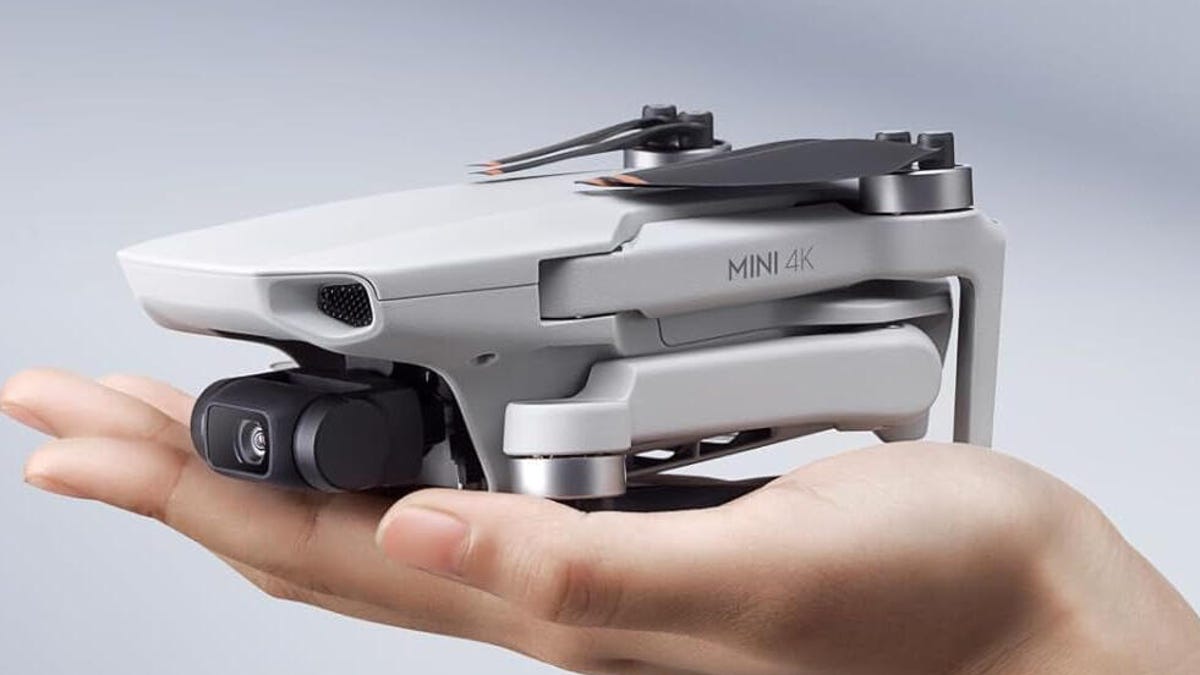
With Thanksgiving wrapped up and the Black Friday shopping sales here, if a DJI drone is on your holiday wish list, you might want to hit «buy» immediately. The company has issued a stark warning: Its drones could be banned from sale in the US, and the deadline is looming.
The Federal Communications Commission voted 3-0 at the end of October to «close loopholes» that allow tech deemed a «national security risk» to be sold in the US. In plain English, the US government is clearing the path to give DJI the same treatment it gave Chinese phone-maker Huawei, effectively banning its products from the American market.
The US government has deemed DJI, which is based in China, a security risk. It’s also considering a separate ban on TP-Link routers.
DJI is already sounding the alarm, posting on Instagram that a «deadline that could decide DJI’s fate in the US is just 43 days away» (now 19 days away). The company is warning that without an audit, its products could face an «automatic ban.» The US government has long labeled the Chinese drone maker a security risk, and it looks like the hammer might finally be coming down right before the holidays.
Don’t miss any of our unbiased tech content and lab-based reviews. Add CNET as a preferred Google source.
The vote isn’t the end of the road, however. Future bans would need to target specific products and would require a period of public consultation. But it appears the groundwork is being set for the FCC to block sales of future and some existing DJI drones from US shores, as well as products that use DJI technology.
The government has called for a DJI audit by the end of the year, but if that doesn’t happen, DJI drone products could be banned for sale by default under a national security law.
DJI asks for a security audit before any ban
A representative for DJI told CNET that while the FCC vote references a rule change that doesn’t currently apply to DJI specifically, the National Defense Authorization Act deadline in December would put Chinese companies like it on the FCC’s ban list, «without any evidence of wrongdoing or the right to appeal.»
Adam Welsh, head of global policy at DJI, said the company has repeatedly said it would be open to audit, but that «more than 10 months have now passed with no sign that the process has begun.»
«The US government has every right to strengthen national security measures, but this must go hand in hand with due process, fairness, and transparency,» Welsh said.
Welsh said DJI is urging the government to start the audit process or grant an extension.
Will DJI drone owners need to give them up?
Because the ban would apply to new sales, not drones that have already been sold, a DJI drone you already own would still be legal to use — at least under current rules.
Government agencies, however, are prohibited from purchasing or using drones from Chinese companies, including DJI.
DJI’s drones consistently rank high in their product category. In January, they dominated CNET’s list of best drones for 2025. But some of the company’s newest products, such as the DJI Mavic 4 Pro, haven’t been available for sale in the United States.
Even DJI products that are not yet banned may be hard to find. The website UAV Coach has posted a guide to the bans and reports that, due to inventory issues, most DJI drone models are sold out at retailers regardless of future FCC action.
-

 Technologies3 года ago
Technologies3 года agoTech Companies Need to Be Held Accountable for Security, Experts Say
-

 Technologies3 года ago
Technologies3 года agoBest Handheld Game Console in 2023
-

 Technologies3 года ago
Technologies3 года agoTighten Up Your VR Game With the Best Head Straps for Quest 2
-

 Technologies4 года ago
Technologies4 года agoBlack Friday 2021: The best deals on TVs, headphones, kitchenware, and more
-

 Technologies4 года ago
Technologies4 года agoVerum, Wickr and Threema: next generation secured messengers
-

 Technologies4 года ago
Technologies4 года agoGoogle to require vaccinations as Silicon Valley rethinks return-to-office policies
-

 Technologies4 года ago
Technologies4 года agoOlivia Harlan Dekker for Verum Messenger
-

 Technologies4 года ago
Technologies4 года agoiPhone 13 event: How to watch Apple’s big announcement tomorrow

